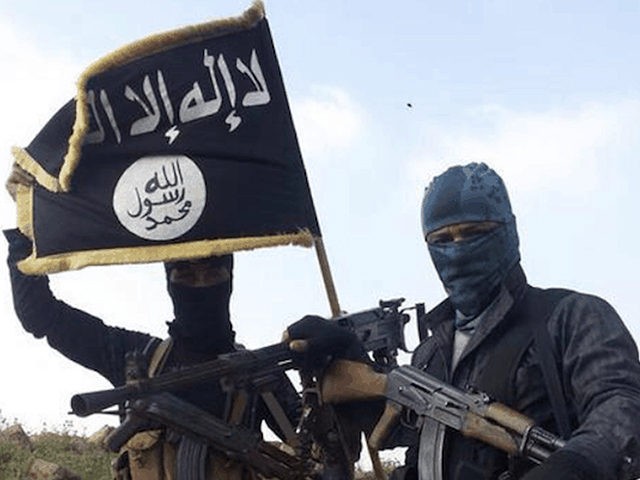Islamic State (ISIS/ISIL) jihadists not only destroyed but also dug tunnels underneath the shrine that is said to have housed the tomb of the Prophet Jonah, a key figure in Christianity, Judaism, and Islam.
The tunnels under Jonah’s Tomb are part of an extensive network left behind by fleeing ISIS jihadists.
Citing the Iraqi military, Voice of America (VOA) reports that ISIS terrorists “razed” the revered holy shrine, considered one of the most important archeological sites in the city of Mosul located in northern Iraq’s Nineveh province, once home to the largest concentration of Christians and other ethnoreligious minorities in Iraq.
Jonah’s Tomb reportedly hosted thousands of visitors annually from across the globe.
“They have stolen every artifact they could transport out of Iraq to make some (money) and have destroyed whatever they couldn’t take,” Zuhair al-Jbouri, the speaker of Iran’s National Mobilization Forces, also known as the Nineveh Guards, told VOA.
ISIS “has also dug several tunnels under it in search for artifacts,” he added.
Rudaw features various pictures of one of the tunnels underneath Jonah’s Tomb, noting that “as Rudaw cameras entered some of the tunnels they came upon ancient bones and human remains… scattered around by the militants in the process.”
Last month, Iraqi military officials discovered a trove of over one hundred valuable ancient artifacts at the home of a former ISIS leader in Mosul.
ISIS has been accused by various experts, including Yaya Fanusie from the Foundation for Defense of Democracies (FDD), of committing “cultural genocide” by engaging in an unprecedented level of looting and destruction of priceless antiques.
In January, U.S.-backed Iraqi troops participating in the ongoing offensive to liberate Mosul confirmed reports from 2014 that the jihadist group had leveled the site housing the tomb of the Prophet Jonah, known to locals as Nabi Yunis.
“Before its destruction, the site included an Assyrian temple that is believed to have been built around 1300 B.C. It also hosted a mosque that was built about four centuries ago during the Ottoman Empire,” notes VOA. The report also notes that not all archaeologists believe the tomb did belong to Jonah.
After capturing swathes of territory in Iraq and Syria, ISIS destroyed various historical sites in Mosul and elsewhere, particularly those linked to Christians and other ethnoreligious minority groups, which the jihadist group considered to be part of heretical rituals and practices.
Mosul is Iraq’s second-largest city and ISIS’s last major stronghold in the country.
Although life has returned to some parts of liberated eastern Mosul, violence continues to plague the residents.
“The months-long siege by Iraqi forces, with U.S. support, has taken back about half the city,” reports PBS Newshour. “Signs of life are returning to those areas, while a new offensive is in the works to capture the rest from ISIS control.”
Some residents in and around Mosul are taking a stand against the terrorist group.
Iraqi News learned from a local source in Nineveh province that ISIS killed a civilian who had refused to pay a so-called caliphate tax and stabbed one of the group’s members.
“A civilian refused to pay an extra tax, known as the caliphate support tax, which was imposed by the Islamic State group on shops’ owners in Tal Afar market, west of Mosul, then stabbed a militant from the extremist group with a knife,” revealed the source.
“The members of the Islamic State shot the civilian, killing him immediately amid popular unrest,” added the source.

COMMENTS
Please let us know if you're having issues with commenting.